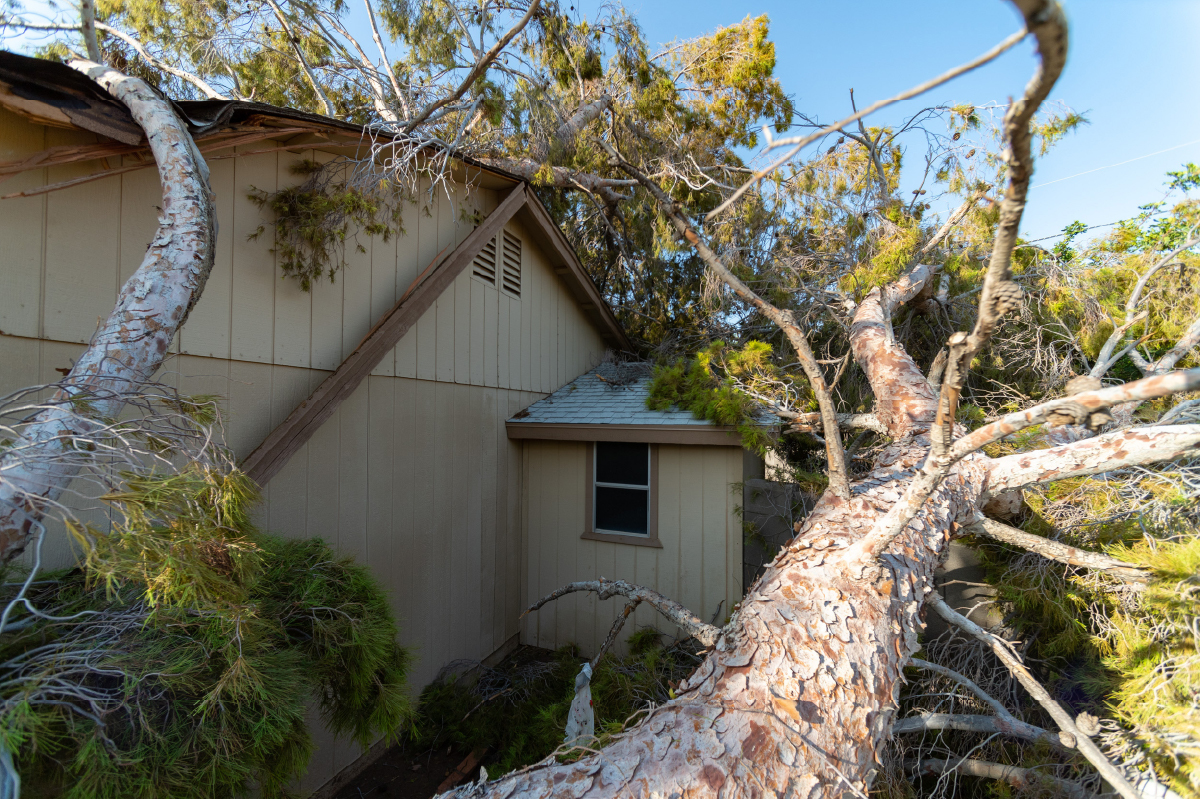Homeownership comes with a myriad of joys and responsibilities. One of the responsibilities that homeowners often encounter is dealing with potential property damage, whether caused by natural disasters, accidents, or even the actions of their neighbors. A common scenario that raises questions about home insurance coverage is when a neighbor's tree falls onto your house. Who is responsible for the damages, and whose insurance pays for it? In this blog post, we will delve into the complexities of this situation and provide insights into how home insurance typically works in such cases.
Determining Liability
The first step in understanding how insurance coverage comes into play when a neighbor's tree falls on your house is determining liability. Liability in this context refers to who is responsible for the damage caused by the fallen tree. Generally, if the tree falls due to a natural event such as a storm, the responsibility for the damage lies with the owner of the property where the tree was originally located.
Home Insurance Coverage
-
Your Home Insurance: In most cases, if a neighbor's tree falls on your house, your own home insurance policy will likely be the one to cover the damages. This is because home insurance typically covers "sudden and accidental" damage, which includes scenarios like a tree falling onto your property. It's important to review your policy to understand the specific coverage limits and any exclusions that may apply.
-
Neighbor's Home Insurance: While your neighbor's home insurance generally won't be responsible for the damages to your property, there are exceptions. If your neighbor was aware of a tree's unstable condition or negligence led to the tree falling (e.g., they neglected to maintain the tree despite being aware of its risks), their liability insurance might come into play. However, these cases can be legally complex and may require legal action to determine responsibility.
Handling the Situation
-
Contact Your Insurance Company: If a neighbor's tree falls on your house, your immediate step should be to contact your own insurance company. They will guide you through the claims process and assess the damage to determine coverage and compensation.
-
Document the Scene: Take photographs and document the damage thoroughly. This will help support your insurance claim and any potential legal actions if required.
-
Communicate with Your Neighbor: It's a good idea to communicate with your neighbor in a polite and respectful manner. While their insurance might not directly cover your damages, discussing the situation can help clarify the circumstances and potentially lead to a resolution.
Preventive Measures
To mitigate the risk of a neighbor's tree causing damage to your property, consider taking the following preventive measures:
-
Regular Maintenance: Regularly inspect and maintain trees on your property to minimize the risk of them falling onto neighboring houses.
-
Communication: If you notice a neighbor's tree that seems unstable, kindly inform them so they can take action if needed.
Conclusion
Dealing with property damage caused by a neighbor's tree falling onto your house can be stressful, but understanding how home insurance coverage works can provide clarity in such situations. Generally, your own home insurance will be the primary source of coverage, but factors like negligence or unstable trees can introduce complexities. It's essential to communicate with your insurance provider, document the damage, and, if necessary, consult legal professionals to ensure your rights are upheld. As a homeowner, being proactive in preventive measures can also help reduce the likelihood of facing such challenges in the first place.
Posted by Admin Volkers on

Leave A Comment